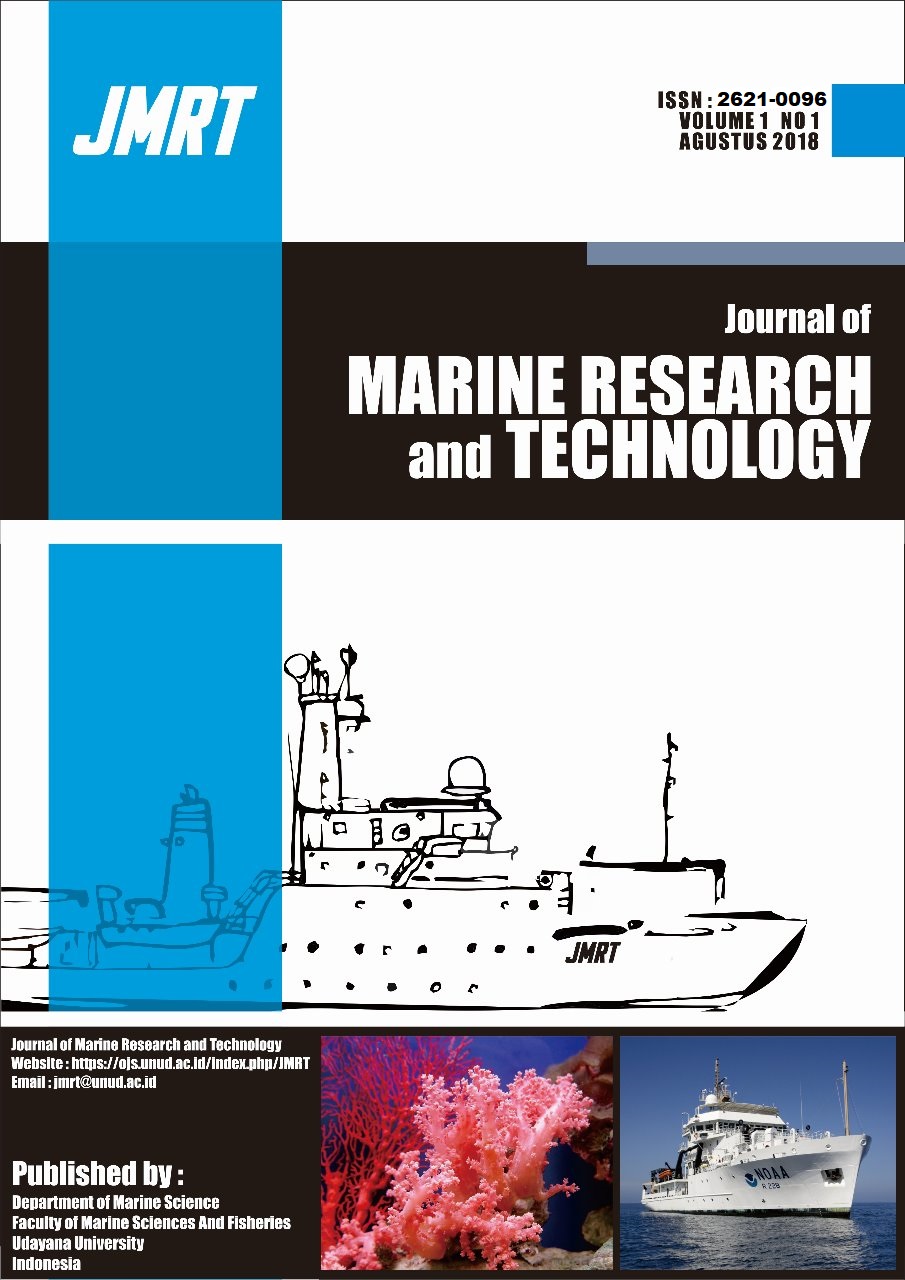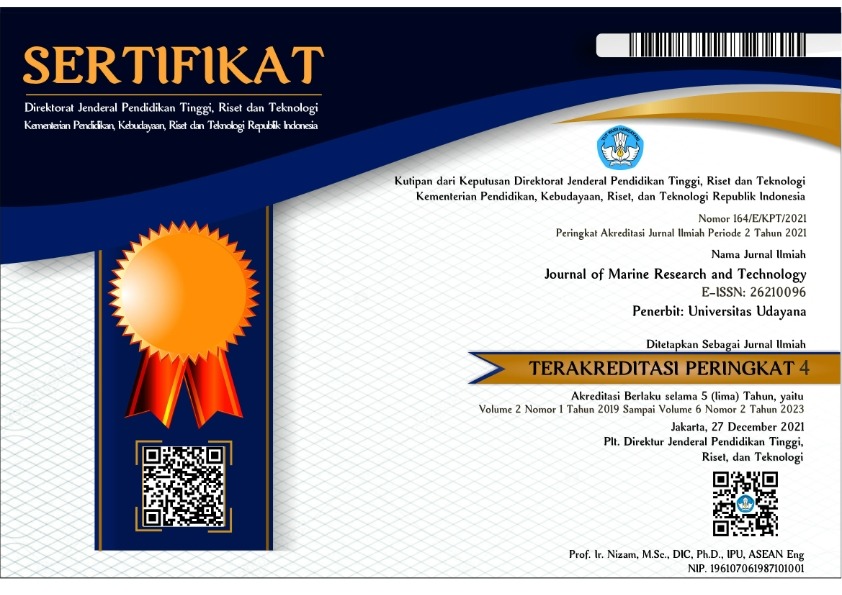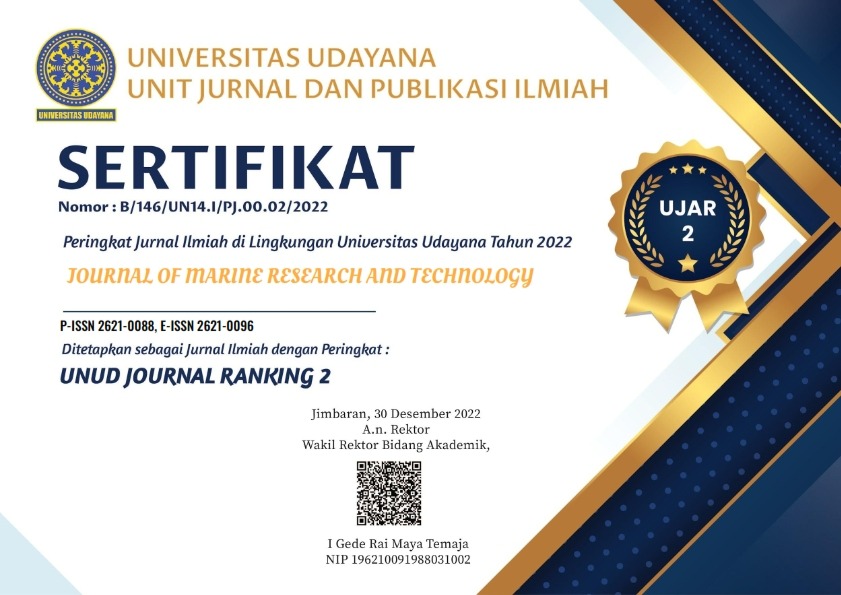Stomata Condition and Leaf Morphology of Rhizophora apiculata in the Petroleum Industrial Estate and Non-Industrial Area of Riau Province
Stomata Condition and Leaf Morphology of Rhizophora apiculata in the Petroleum Industrial Estate and Non-Industrial Area of Riau Province
Abstract
Oil spills often occur in the sea and are fatal to the mangrove ecosystems that exist on the coast. One of the effects is the occurrence of defoliation or leaf fall, where mangrove leaves yellowish, then wither and fall to the substrate. The study of stomatal and morphological conditions of Rhizophora apiculata leaves in petroleum industrial estate and the non-industrial area in Riau Province has been conducted in November – December 2014 with the aim to know the impact of oil industry development on stomata density, stomata area, and leaf surface area. Leaf samples were taken from 4 (four) different areas, namely Crude Palm Oil (CPO) oil industry, petroleum industry area, the joint industrial zone between petroleum and CPO and no area at all of its industrial estate. The leaf sampling was carried out using a line transect drawn from the reference point (the outer mangrove stand) with the direction perpendicular to the coastline to the mainland and made sample plots according to the level of the stand. Then each strand of the selected population, each taken 3 leaves and preserved with 70% alcohol. The results showed that in the oil industry, stomatal density, stomata area, and leaf area is higher when compared with non-industrial areas. Then the relationship of stomatal density with salinity, pH and redox shows that the higher the parameter, the higher the density of the stomata. So is the relationship between stomata area with pH and redox, the higher the parameter, the higher the stomata area.
Keywords: leaf morphology, Rhizophora apiculata, petroleum industry, non-industrial area mangrove, Riau Province
Downloads
Copyright Notice
The copyright to this article is transferred to Journal of Marine Research and Technology (JMRT). The copyright transfer covers the exclusive right and license to reproduce, publish, distribute and archive the article in all forms and media of expression now known or developed in the future, including reprints, translations, photographic reproductions, microform, electronic form (offline, online) or any other reproductions of similar nature.






